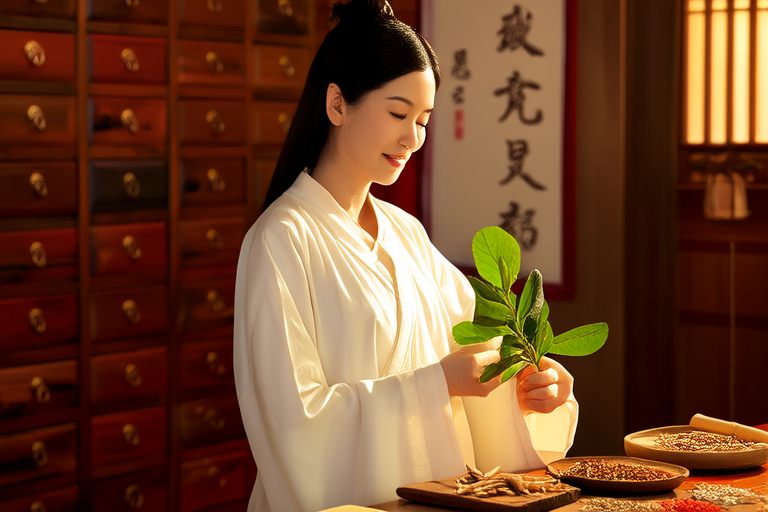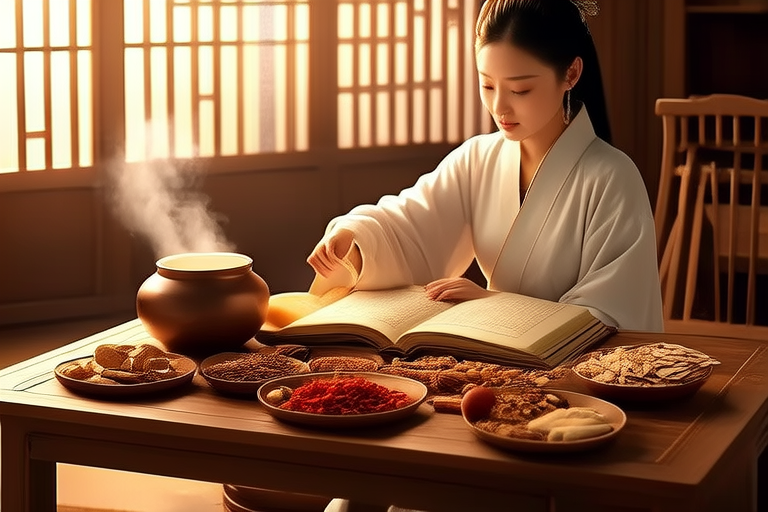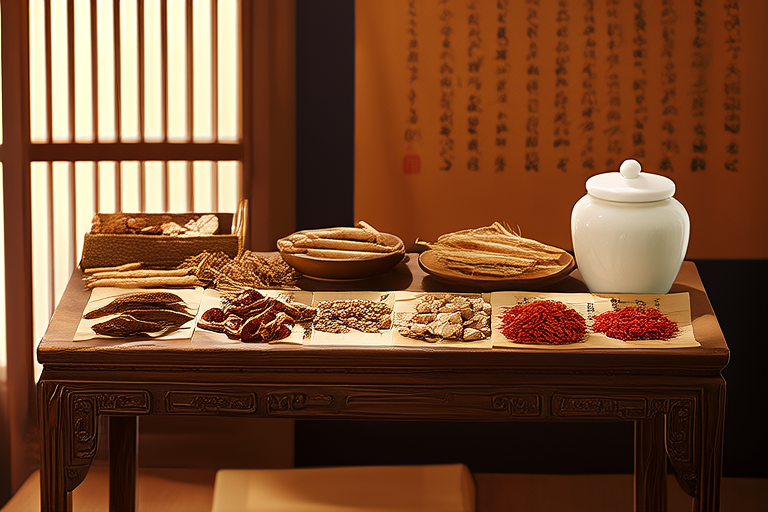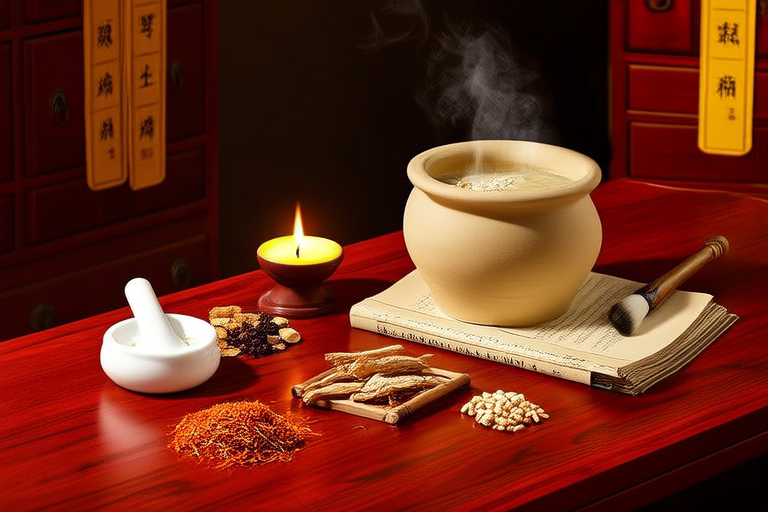Unlocking the Secrets of Traditional Chinese Medicine for Holistic Health Preservation
Introduction to Traditional Chinese Medicine (TCM)
Traditional Chinese Medicine (TCM) is an ancient system of healthcare that has been practiced for thousands of years, rooted in the belief that the body operates as an interconnected whole. Unlike Western medicine, which often focuses on treating specific symptoms or diseases, TCM emphasizes achieving balance and harmony within the body to promote overall health and well-being. Its holistic approach views health as a dynamic equilibrium between the individual and their environment, making it particularly relevant in today’s fast-paced world where stress and lifestyle-related illnesses are prevalent.
Foundational Principles of TCM
At the heart of TCM lies a set of foundational principles that guide its practices and therapies. These principles are deeply intertwined with ancient Chinese philosophy and provide a framework for understanding how the body functions and interacts with the world around it.
Qi: The Vital Life Force
One of the most fundamental concepts in TCM is Qi (pronounced “chee”), often translated as “vital energy” or “life force.” Qi flows through the body along pathways known as meridians, nourishing organs, tissues, and cells. When Qi is abundant and flowing freely, the body is healthy; when it becomes blocked or deficient, illness can arise. TCM practitioners aim to restore and maintain the smooth flow of Qi through various techniques such as acupuncture, herbal medicine, and exercises like Tai Chi.
Yin-Yang: The Balance of Opposites
The concept of Yin-Yang represents the duality and interdependence of opposing forces in nature and the human body. Yin is associated with qualities such as calmness, coolness, and nourishment, while Yang embodies activity, warmth, and movement. In TCM, good health is achieved when Yin and Yang are in balance. Imbalances, such as excess Yang leading to heat-related symptoms or deficient Yin causing fatigue, are addressed through personalized treatments designed to restore equilibrium.
The Five Elements: A Framework for Understanding
The Five Elements theory—Wood, Fire, Earth, Metal, and Water—provides another lens through which TCM interprets the body’s functions and relationships. Each element corresponds to specific organs, emotions, seasons, and physiological processes. For example, Wood is linked to the liver and gallbladder, while Water relates to the kidneys and bladder. By analyzing patterns of disharmony among these elements, TCM practitioners can identify underlying causes of illness and tailor interventions accordingly.
Meridians: Pathways of Energy
Meridians are invisible channels through which Qi travels throughout the body. There are 12 primary meridians, each connected to a specific organ system, as well as additional secondary meridians. Acupuncture points located along these meridians serve as access points for regulating the flow of Qi. Stimulating these points through acupuncture needles, pressure, or heat helps restore balance and alleviate symptoms.
Common Practices in Traditional Chinese Medicine
TCM encompasses a wide range of therapeutic modalities, each designed to support the body’s natural healing abilities and promote long-term wellness. Below are some of the most widely recognized practices:
Acupuncture
Acupuncture involves inserting thin needles into specific points along the meridians to stimulate Qi flow and address imbalances. This practice is commonly used to treat pain, stress, digestive issues, and chronic conditions. Modern research has shown that acupuncture may influence the nervous system, reduce inflammation, and release endorphins, supporting its efficacy in both Eastern and Western contexts.
Herbal Medicine
Herbal medicine is a cornerstone of TCM, utilizing plants, minerals, and animal products to create customized formulas tailored to individual needs. These remedies aim to strengthen the body, clear toxins, and restore balance. Popular herbs include ginseng for energy, astragalus for immune support, and licorice root for soothing digestion. Herbal medicine is often combined with other TCM therapies for comprehensive care.
Dietary Therapy
In TCM, food is considered medicine, and dietary therapy plays a crucial role in maintaining health. Foods are classified based on their energetic properties—such as warming, cooling, or neutral—and their effects on Yin, Yang, and the Five Elements. For instance, ginger and garlic are warming foods that boost circulation, while cucumber and watermelon are cooling foods that hydrate and detoxify. Personalized dietary recommendations help individuals align their eating habits with their unique constitution and seasonal changes.
Tai Chi and Qigong
Tai Chi and Qigong are gentle movement practices that combine slow, deliberate motions with deep breathing and meditation. These exercises enhance Qi flow, improve flexibility, and cultivate mental clarity. Regular practice strengthens the body, calms the mind, and fosters resilience against stress—a valuable tool in modern life.
Prevention and Holistic Well-Being in TCM
A distinctive feature of TCM is its emphasis on prevention rather than cure. Instead of waiting for disease to manifest, TCM encourages proactive measures to maintain health and prevent imbalances from developing. This preventive mindset aligns closely with contemporary public health initiatives promoting lifestyle modifications to reduce the risk of chronic illnesses.
For example, TCM advocates for living in harmony with the seasons by adjusting diet, exercise, and sleep patterns accordingly. During winter, a time associated with the Water element and the kidneys, individuals might focus on conserving energy, staying warm, and consuming nourishing foods like soups and stews. Similarly, spring, governed by the Wood element and the liver, calls for increased physical activity and detoxification to support renewal and growth.
By addressing the root causes of imbalance and fostering a harmonious relationship between body, mind, and environment, TCM offers a sustainable model for lifelong health preservation.
Integrating TCM with Modern Health Practices
As interest in integrative medicine grows, TCM is increasingly being recognized as a valuable complement to conventional healthcare. Its holistic perspective fills gaps left by Western medicine, offering solutions for managing chronic conditions, enhancing recovery, and improving quality of life. For instance, cancer patients undergoing chemotherapy often turn to acupuncture and herbal medicine to mitigate side effects like nausea and fatigue. Similarly, individuals with insomnia or anxiety find relief through Tai Chi and mindfulness-based practices rooted in TCM principles.
Moreover, TCM’s focus on self-care and empowerment resonates with modern trends toward patient-centered care. By teaching individuals how to listen to their bodies and make informed choices about their health, TCM fosters a sense of agency and accountability. Whether through adopting a balanced diet, practicing stress-reducing techniques, or seeking professional guidance, people can integrate TCM wisdom into their daily routines to achieve greater vitality and resilience.
Conclusion
Traditional Chinese Medicine offers profound insights into the art of living well and preserving health. By embracing concepts such as Qi, Yin-Yang, the Five Elements, and meridians, TCM provides a comprehensive framework for understanding the intricate connections between body, mind, and spirit. Through practices like acupuncture, herbal medicine, dietary therapy, and Tai Chi, TCM empowers individuals to take charge of their health and cultivate lasting well-being.
In an era marked by rising healthcare costs and increasing rates of chronic disease, the timeless wisdom of TCM serves as a reminder of the importance of balance, prevention, and holistic care. As more people seek alternatives to conventional treatments, the integration of TCM into modern health practices holds immense potential to transform the way we think about and approach health. By unlocking the secrets of this ancient tradition, we can pave the way for a healthier, more harmonious future.










